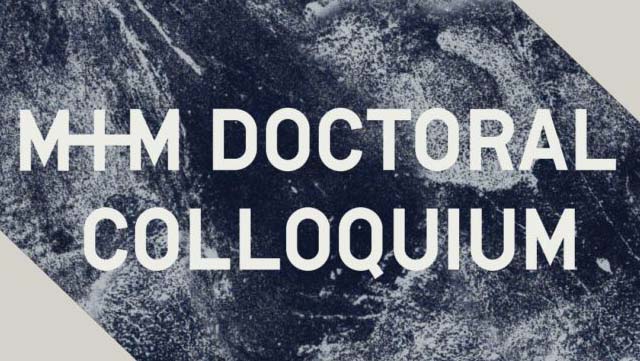
Media and Modernity Doctoral Colloquium | Spring 2024
February 20, 2024 · 5:00 pm—7:00 pm · Room N107, School of Architecture
Tairan An, Architecture; Joe Bucciero, Art & Archaeology; Clemens Finkelstein, Architecture; Julian Rose, Art & Archaeology

Graduate Program in Media + Modernity | Princeton University
M+M Doctoral Colloquium – Spring 2024
with Tairan An, Joe Bucciero, Clemens Finkelstein, and Julian Rose
Tuesday, March 07, 2023 @5pm ET
N107 (School of Architecture)
The Doctoral colloquium is an exciting opportunity for Ph.D. candidates who pursue the M+M graduate certificate to share their research and receive feedback from faculty and colleagues across a wide range of departments.
Tairan An | Architecture
“Assailing the Sun: Expeditionary Outbuildings and Other Extempore
Artifacts of Solar Science in Sicily, c. 1870”
[Advisor: Sylvia Lavin]
The presentation examines the nexus of architecture, astronomical research, and sociopolitical upheavals in post-Risorgimento Italy, focusing on the architectural and infrastructural constructions concomitantly created to observe celestial rarities like eclipses and transits. In 1870, three months after Rome’s capture that ended the fragmented old-regime states’ unification, the state government hastily organized a solar eclipse expedition to Sicily, symbolizing the spread of scientific ethos to a region long perceived as backward by the north. These epistemic outbuildings of expeditionary science, I argue, helped redefine Italy’s evolving self-perception as a nation state and an emerging imperial entity.
Joe Bucciero | Art & Archaeology
“Highly Skilled Animals: Carl Grossberg’s Art of Distinction”
[Advisor: Hal Foster]
Drawn from my chapter on the New Objectivity artist Carl Grossberg, this presentation focuses on his series of “dream pictures” (1925–1931), which mostly depict animals in spaces of labor, often beside machines. Absent human subjects, the pictures have been said to frame the animals as emblems of epochal dehumanization. Sensitive to technology’s effects on artistic (and non-artistic) production, Grossberg renders the animals with characteristic precision, a testament to the viability of human skill. Or not. His paintings are fraught with compositional and technical friction; rather than secure or nullify the artist’s (and viewer’s) humanity, they begin to track human limitations.
Clemens Finkelstein | Architecture
“Planetary Survey Architectures, c. 1902”
[Advisor: Spyros Papapetros]
Since 1902, the German Geophysical Observatory on Samoa fostered a novel seismic colonialism. Imperial scientists, engineers, and indigenous artisans designed hybrid infrastructures as planetary survey instruments, conceiving universal architectural models to operate across the environmental spectrum of present (or future) colonies. These planetary survey architectures projected a German-led guardianship over humanity and the Earth, utilizing architecture and geophysics rather than geopolitics. This vignette from my dissertation “Architectures of Vibration” assesses vibrations as a modern media defining colonial and environmental contamination, cultural imperialism, and the technoscientific coupling of planetary and human bodies that waver at the edge of global warfare and ecological catastrophe.
Julian Rose | Art & Archaeology
“Modern Art in Wretched Sheds: Francis Fowke’s Painting Galleries for the South Kensington Museum of Science and Art”
[Advisor: Hal Foster]
This paper examines a crucial stage in the evolution of museums for contemporary art, focusing on a series of experiments at the South Kensington Museum of Science and Art in the late 19 th century in which industrial sheds were used to exhibit contemporary art. These buildings were designed by Francis Fowke, a Captain in the Royal Engineers, and incorporated many revolutionary technical advances, including the world’s first gas lighting in an art gallery. The buildings were also effective in connecting visual art with a new public audience, effectively transforming it into a kind of mass media, while also combining art-viewing a new range of other socially and commercial activities. Despite their innovations, however, the buildings were ultimately rejected as “wretched sheds”—an unacceptable transgression of architecture’s professional and historical bounds—by London’s cultural establishment, and the industrial shed would not remerge as the paradigmatic exhibition space for contemporary art until the mid-20th century.
Please visit M+M’s official website for details and current information.
M+M strives to make everyone feel welcome. If you are concerned that room N107 will not provide adequate physical accommodation for you, please contact us in advance to discuss it.
















